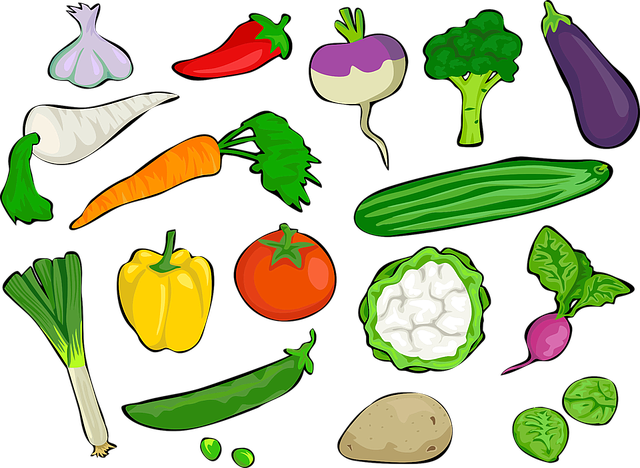How to Ensure a Sustainable Seaweed Farming
More than 50% of the whole global marine section should be credited to seaweed cultivation. This is generally equal to 34.7 million tons. The good thing about this industry is that it supports about 6 million livelihoods of farmers and processors in the small-scale area.

There are many uses of seaweeds that can be highly beneficial in the pharmaceutical, food, agriculture, and cosmetic sectors, In addition to that, seaweeds also have a high potential in the biofuel industry. Moreover, cultivators also see a growing demand for seaweed-derived products in the commercial market. Examples of these are food ingredients (hydrocolloids), specialist agar (for medical treatments), and laboratory medium.
Because of that growing demand, farmers and cultivators need to sustain the continuous production of seaweed products.
Ensuring a Sustainable Seaweed Farming
Here are some recommendations to sustain the production of seaweeds:
1-Keep the genetic diversity all over the wild stocks
This is highly achievable through the conservation of wild populations.
2-Utilization of modern assessment tools
In order to balance the environmental risks related to seaweed farming with the advantages of its production, the use of up-to-date assessment tools is highly crucial.
3-Give incentives on seaweed integration with other species and marine activities
The objective of this recommendation is to decrease the chances of eutrophication and to lessen the possibility of conflicts on the use of resources within the marine environment.

